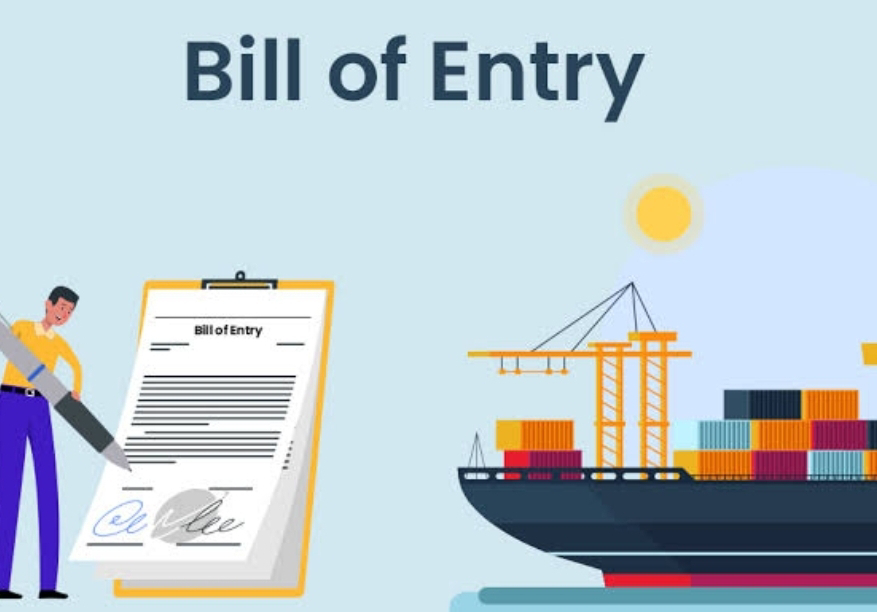What is the Bill of Entry?
When goods are imported, a legal document is filed by the importer or a customs agent on their arrival. This legal document is called a bill of entry. The bill of entry forms an important part of the customs clearance procedure and is submitted to the customs department
Bill of Entry is a document filed by importers or customs clearing agents upon the arrival of imported goods. In this blog, learn about its need and usage.
What is bill of entry
A key step in the export procedure is documentation. Whether it is business registration or shipping and taxes, documents and licenses ensure smooth export of goods and seamless payments. Export documents usually depend on origin and destination countries and the products being exported, among other things.
All export goods must go through a specific set of procedures as stated by the Customs Office to ensure that authorities are charging the right taxes while checking consignments. This process includes examination, assessment and evaluation of the goods. To allow the authorities to correctly and accurately inspect imported products, every consignment is made available with a set of official documents that contain all the details about the consignment. The Bill of Entry is one such important document.
What is the bill of entry (BOE)?
Bill of Entry (BOE) is a legal document filed by importers or customs clearing agents upon the arrival of imported goods. It is submitted to the Customs Department of the origin country under the customs clearance process1.
The Bill of Entry is usually issued by two agencies:
• Agencies importing goods from foreign nations,
• Agencies selling commodities in a country after buying goods from SEZ or Special Economic Zone
What is the need for a Bill of Entry for exports?
A Bill of Entry provides the following benefits:
• Allows importers to furnish important details of the consignment to the customs authority
• Serves as an authentication document to inform authorities that no illegal commodities have been imported
• Assists customs authorities in cross-checking documents that have been submitted by the exporter during export or shipping
• Enables the customs office to charge appropriate taxes while avoiding malpractices
• Adds to the overall economic welfare of the nation
What are the types of Bill of Entry?
Depending on the purpose and nature of commodities that are imported, the customs office classifies a Bill of Entry into three categories2:
Bill of entry for house consumption:
This is meant for commodities that the importer will procure for self-consumption or specific business processes.
Bill of entry for warehousing:
Also known as Bond Bill of Entry, this type is issued when the importer is not willing to pay import duties at the time of import. In this case, the importer can store the goods in a dedicated warehouse until all dues are cleared at the Customs department.
Bill of entry for ex-bond goods:
When the importer has to release goods from the warehouse and overrule the BOE for Warehousing, a BOE for Ex-bond Goods is issued.
Contents in a bill of entry
Some of the major components in a Bill of Entry form are:
• Name and business address of importer, Customs House Agent
• IEC
• Monetary value and description of the goods
• Name and business address of the exporter
• Destination port
• Importer’s license number
• Rate payable and import duty’s value
• Port code (A Bill of Entry number contains 13 digits – the first of which are Port Codes)
What are the documents required for a bill of entry?
Depending on the type and nature of import, some documents required to obtain BOE are3:
• Shipping invoice
• Packing list
• Bank draft or letter of credit
• Bill of Lading
• Insurance documents
• CHA or importer’s declaration
How to fill a bill of entry?
Below are the steps for clearance of imported goods through a bill of entry:
Step 1:
It is important to confirm the mode of shipment to the CHA or importer. If the goods are shipped via air freight, the ACC Import Commissionerate will handle them. If they are shipped in courier mode, the New Courier Terminal ACC Export Commissionerate (NCT) will handle them.
Step 2:
BOE is usually filed by the customs broker or CHA electronically through EDI (Electronic Data Exchange) service centers via the ICEGATE portal. The BOE format is available on the website that is filed by CHA.
Step 3:
Once the Customs system processes it, CHA can access it and pay the import duties after registering the goods on the ICEGATE portal. The entire process of customs clearance is done electronically.
Step 4:
The customs examines all the details and issues Out of Charge (OOC).

No comments:
Post a Comment
Note: only a member of this blog may post a comment.